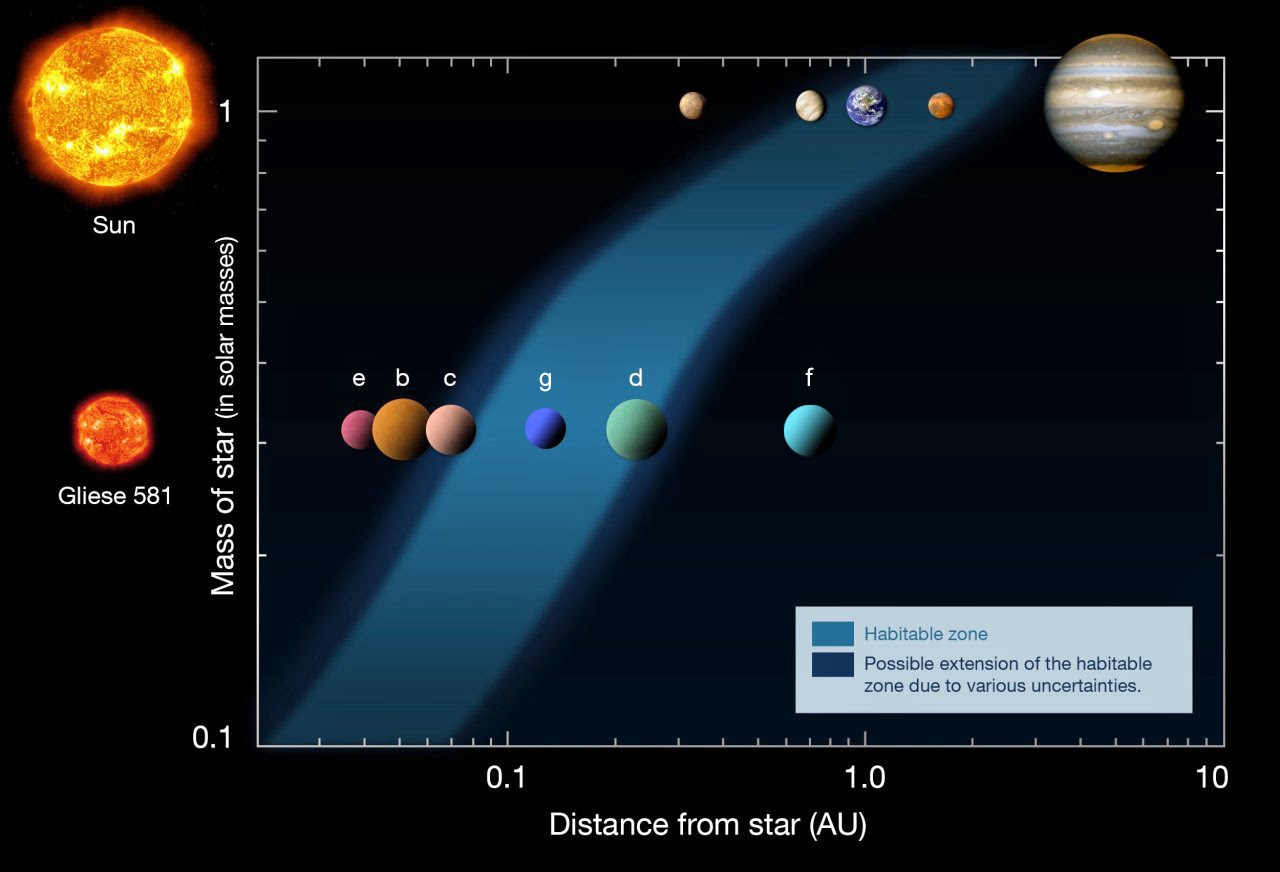

Perhaps the greenhouse effect was stronger in the past.

But after the early period of heavy bombardment, no known mechanisms could have shifted stable orbits back and forth within the solar system. Perhaps Earth in the distant past was simply closer to the Sun. All theories of stellar evolution tell us that four billion years ago, when life was forming out of Earth’s primordial soup, the Sun was a third less luminous than it is today, which would have placed Earth’s average temperature even further below freezing. Something must be operating in modern times to raise our average temperature back to something a little more comfortable.īut wait once more. If reflectivity is factored into the equations then the average temperature for Earth drops to about 255 Kelvin, which is well-below the freezing point of water. The rest is reflected back into space by Earth’s surface (especially the oceans) and by the clouds. Earth actually absorbs only two thirds of the energy that reaches it from the Sun. Sometimes in science you can get the right answer for the wrong reasons. At normal atmospheric pressures, water freezes at 273 and boils at 373 Kelvin, so we are well-positioned for nearly all of Earth’s water to remain in a happy liquid state. If you assume that Earth absorbs all incident energy from the Sun, then our home planet’s average is about 280 Kelvin (50° F), which falls mid-way between winter and summer temperatures. At this distance, Earth intersects a measly one two-billionth of the total energy radiated by the Sun. In the end, the few that remained had orbits that were “just right” to survive billions of years.Įarth settled into an orbit with an average distance of 93 million from the Sun. Others were ejected from the solar system altogether. And among the dozens of planets that had formed, some were on unstable orbits and crashed into the Sun or Jupiter. During this game of cosmic billiards, some planets had migrated inward from where they had formed while others were kicked up to larger orbits.

Four billion years ago leftover water-rich comets and mineral-rich asteroids were still pelting the planetary surfaces, although at a much slower rate than before. The relative habitability of Venus, Earth, and Mars would intrigue Goldilocks, but the actual story of these planets is somewhat more complicated than three bowls of porridge. (I forgot how the story ends, but if I were the Three Bears-omnivorous and at the top of the food chain-I would have eaten Goldilocks.) When the Three Bears came home, they discovered not only missing porridge, but Goldilocks fast asleep in their bed. The third was just right, so Goldilocks slept in it. Also in the Three Bear’s cottage, one bed was too hard. One of the bowls of porridge in the Three Bears’ cottage was too hot. Goldilocks (of fairy-tale fame) liked things “just right,” too. This region around the Sun came to be known as the Habitable Zone. And there was only one planet, Earth, whose distance was “just right” for water to remain a liquid and whose surface would become a haven for life. Mars formed far enough away for its water supply to be forever frozen. Venus had formed close enough to the Sun for the intense solar energy to vaporize what might have been its water supply. Once upon a time-four billion years ago-the formation of the solar system was nearly complete.


 0 kommentar(er)
0 kommentar(er)
